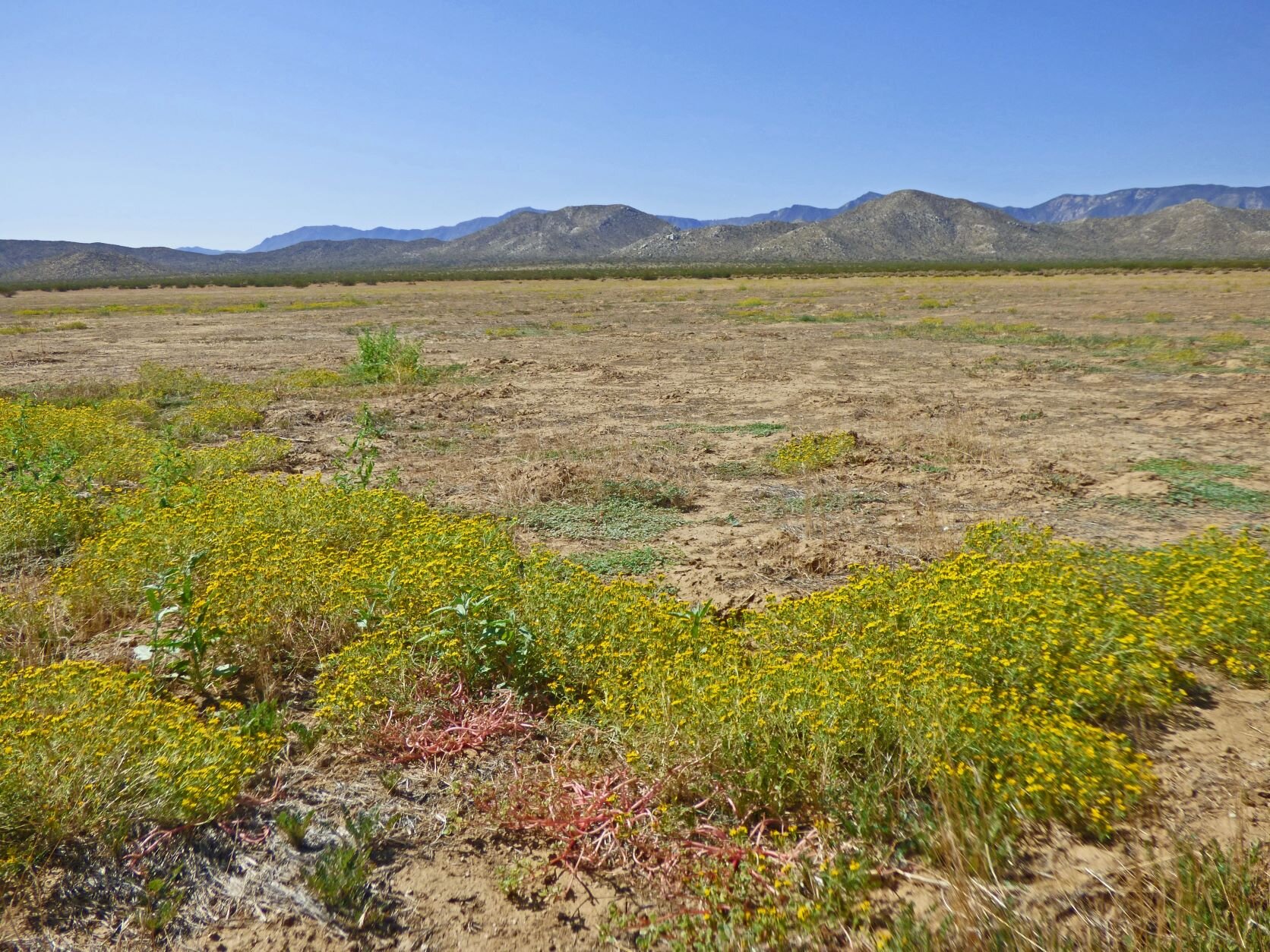By Kay Stewart and Susan Lewitt
As Earth Day approaches, please keep in mind the ripple effect: everything you do affects the planet, from wild plant and animal biodiversity, to our own health. The more we change our planet, the harder it is for most wild species of plants and animals to survive.
One of our biggest impacts is when farms and ranches are converted to housing, and the co-existing plants andwildlife are wiped out. San Diego’s rural land issupposed to be protected from subdividing into small home lots by the County General Plan that allows adding up to 50,000 new homes by expanding theseveral dozen rural “villages”, not by dividing large ruralparcels that are far from major roads. The villages already have services that homeowners need: water, utilities, fire protection, larger roads, and schools. And the impact on wild animals and plants is reduced to the boundaries of the villages, rather than converting intact rural lands that frequently include native habitat.
But land speculators can make huge profits converting those distant rural lands. They mislead people by sayingthat “we need housing.” They don’t want people torealize that the County General Plan allows newhousing. Please read this April issue’s Conservation News about one speculator’s plan that threatens a large rural area. If you act by April 9, you could help prevent it from happening.
The public shouldn’t have to leap into action every timea new speculator wants to violate the General Plan. So a huge alliance of over 20 San Diego area groups areworking to get an initiative called “SOS – Save Our SanDiego Countryside” on the Fall ballot. This initiativewould require every proposed General Plan amendment to automatically go to a public County- wide vote.
The petitions to put the initiative on the ballot must be turned in by May 1. If you have not signed a petitionalready, and you’d like to, or want to help gathersignatures, send a note to conservation@cnpssd.org. If“SOS” gets on the ballot and passes, it may be able to stop sprawl. The benefit to San Diegans includes reduced greenhouse gas output from excessive commuting, reduced fire risks by reducing long strands of powerlines over wildlands, and reduced direct destruction of San Diego’s native animals and plants. CNPS cares.










